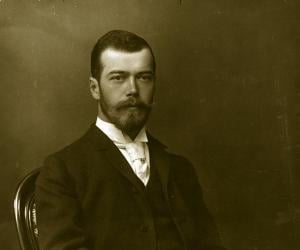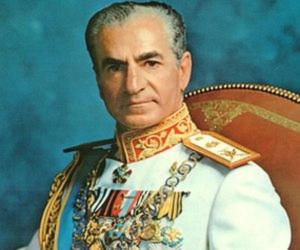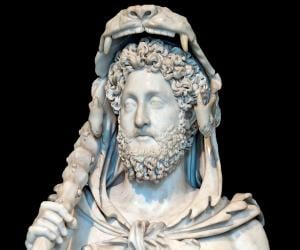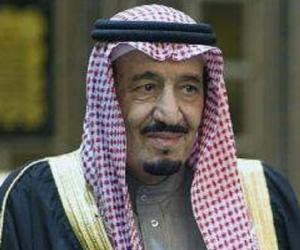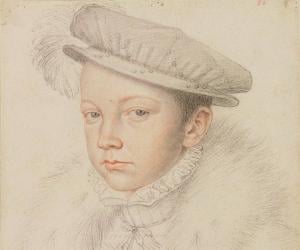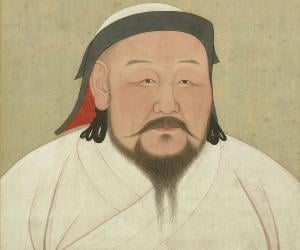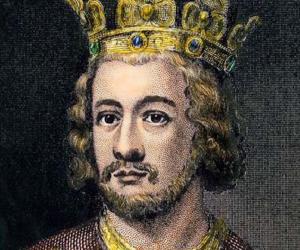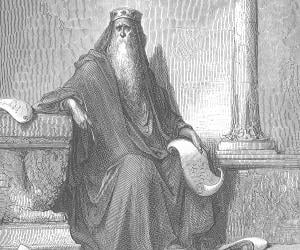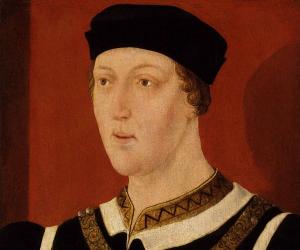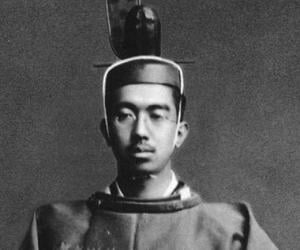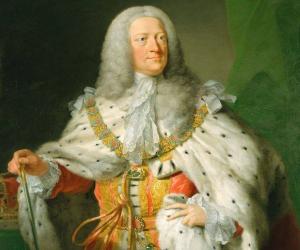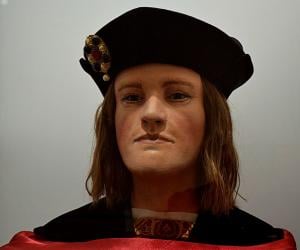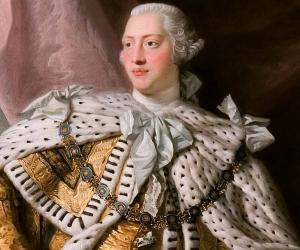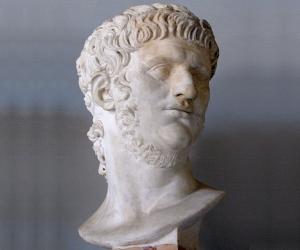Quick Facts
Nick Name: Bloody Nicholas
Also Known As: Nicholas II of Russia, Nikolai II Alexandrovich Romanov, Saint Nicholas the Passion-Bearer
Died At Age: 50
Family:
Spouse/Ex-: Alexandra Feodorovna (m. 1894–1918)
father: Alexander III of Russia
mother: Maria Feodorovna
siblings: Alexander, George, Michael, Olga, Xenia
children: Alexei Nikolaevich, Anastasia Nikolaevna, Maria Nikolaevna, Olga Nikolaevna Tatiana Nikolaevna, Tsarevich of Russia
Emperors & Kings Russian Men
Died on: July 17, 1918
place of death: Russia
Ancestry: Danish Russian, German Russian
Cause of Death: Execution
City: Saint Petersburg, Russia
Childhood & Early Life
Nicholas was born on 18 May 1868, to the Emperor Alexander III and Empress Maria Feodorovna of Russia. He was of Russian, Danish, French, and German descent.
He had five siblings, three brothers and two sisters. He completed his education mostly under private tutors and as he grew up, he became proficient in history and foreign languages.
His grandfather Alexander II was assassinated in 1881, when Nicholas was 13 years old and his father ascended the throne as Alexander III.
At the age of 19, Nicholas joined the army and served for three years in which time he reached the rank of colonel.
Accession & Reign
On October 20, 1894, upon the death of his father, Alexander III, he was crowned king of Russia and in 1896 he was officially crowned the Tsar (Emperor) of Russia.
Nicholas II had very little knowledge of the state-of-affairs and was unable to manage his kingdom well. In 1904, when Russia was attacked at Port Arthur by Japan owing to a long-running dispute, the king’s army had to surrender. Shortly, after, he parleyed with the Japanese, even though his army had suffered a huge loss.
On January 5, 1905, a peaceful protest by workers was organized by a priest called George Gapon, in St. Petersburg, who was demanding the improvement of the working conditions for the workers. However, it turned bloody when soldiers began firing at the protesters. Ninety-two people died and hundreds were injured. This day has since been referred to as ‘Blood Sunday’ in the history of Russia.
Following this incident, workers all over Russia went on a strike and in order to suppress them Nicholas II sent his troops. Forced to concede, he created an elected legislature called ‘Duma’.
At the outbreak of World War I, Russia, which was not prepared for the war, suffered huge casualties. The Tsar appointed himself the commander-in-chief of the military and was away from his residence from 1915 till August 1917.
During this time the administration fell in the hands of Empress Alexandra who depended a lot on Grigori Rasputin, a sorcerer, healer and advisor. Many ministers resigned and they were replaced by the candidates chosen by the Empress on the advice of Rasputin.
The Tsar had already lost favor with his countrymen. The war had wreaked havoc on the Russians, as poverty and inflation prevailed and the Emperor was blamed for it all.
In February 1917, the citizens rioted at St. Petersburg, demanding utmost attention to the deteriorating situation in Russia. The legislative body, Duma forced the Tsar to give up his throne, which he did on March 15, 1917.
He, along with his family, was put under house arrest and on July 17, 1918 the family was executed by the Bolsheviks, a section of the Marxist Russian Social Democratic Labour Party, who had sent a firing squad for the purpose.
Major Battles
Nicholas II was the commander-in-chief of the Russian Army during World War I, under whom, the military failed to perform and the nation suffered a crushing defeat. His incapacity to understand the military stance of Russia and perceive the effects of the war paved the way for his downfall.
Awards & Achievements
Several honors and titles were bestowed on this last Tsar of Russia. He was knighted by United Kingdom in the Order of the Garte in 1893.
He also received the Grand Cross of the Order of the Bath and the Grand Cross of the Royal Victorian Order in 1904.
Personal Life & Legacy
Nicholas II got engaged to Princess Alix of Hesse-Darmstadt of Germany on 8 April 1894. They were formally married on 26 November 1894, following Alix’s conversion from Lutheranism to Russian Orthodoxy, a few months earlier.
Their first child, Princess Olga, was born in 1895, followed by Tatiana, their second daughter in 1897 and Maria, their third daughter, who was born in 1899. In 1901, Anastasia, their fourth daughter, was born.
In 1904, the Empress gave birth to their only son Alexei. To their misfortune the boy was diagnosed with hemophilia and, finding no treatment, the Tsar sought the help of Rasputin, a monk who finally healed him.
After the fall of the Tsar and following a period of house arrest, the whole family was shot dead by the Bolsheviks on 17 July 1918.
In 1981, Nicholas II and his family were canonized (as martyr saints) by the ‘Russian Orthodox Church Outside Russia’.
Facts About Nicholas II
Nicholas II was an avid photographer and took numerous personal photographs of his family and surroundings, providing a unique glimpse into his private life.
He had a fascination with technology and was particularly interested in automobiles, even owning one of the first cars in Russia.
Nicholas II had a deep love for his family and was known to be a devoted husband and father, often spending quality time with his children despite his busy schedule as ruler.
He had a passion for the arts and was a talented musician, playing the piano and composing music in his free time.
Nicholas II was known for his kindness and compassion towards those less fortunate, often visiting hospitals and charitable organizations to offer support and comfort to the sick and needy.
See more:


